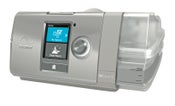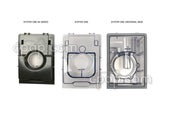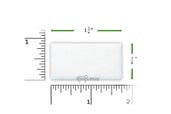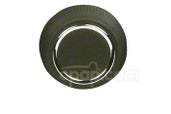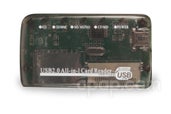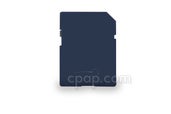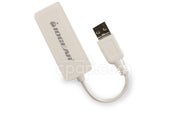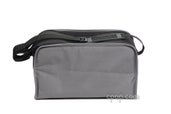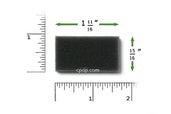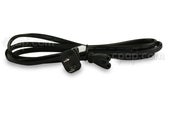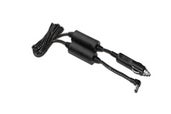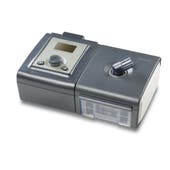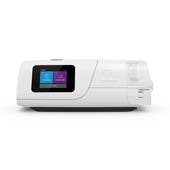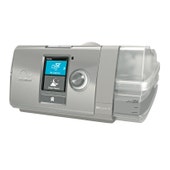- CPAP Masks
- CPAP Machines
- CPAP Supplies
- CPAP Accessories Home Sleep Test
- Blog
Chat with a 5-star expert now!
Chat with a 5-star expert now!
- Home /
- CPAP Machines /
- BiLevels & BiPAP® /
- Philips Respironics
This item has been discontinued by the manufacturer.
Check out the newer model
Prescription Required for Purchase
Need Replacement Parts or Accessories? Shop now
Get Your Sleep Back

Setup is easy & takes minutes

Orders ship within hours (M-F)

Resupply items set to autopilot
Item # DS950S
Not currently in stock
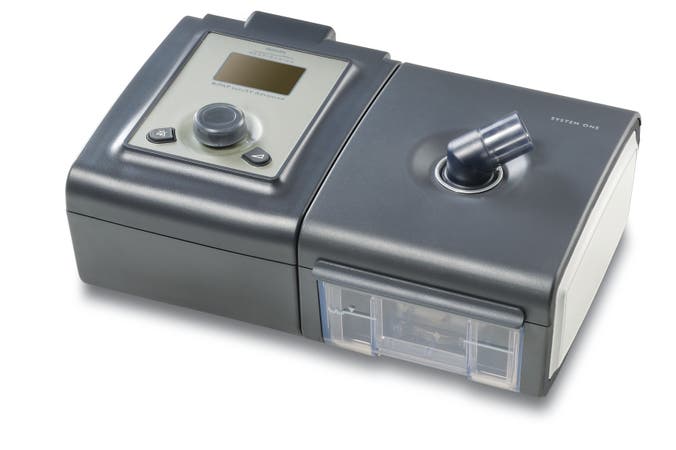
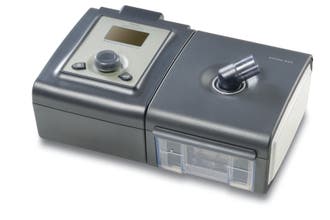
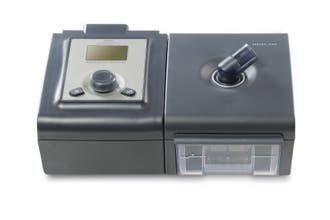
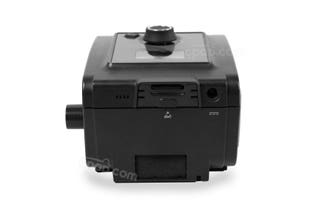









PR System One BiPAP Auto SV Advanced
The system is designed to deliver therapy to complicated sleep-disordered breathing cases. This is achieved by constantly adapting to individual inhalation and exhalation needs.
It features Bi-Flex technology and an Auto EPAP titration algorithm to support comfort and appropriately ventilate every breath.
PR System One BiPAP Auto SV Advanced
The system is designed to deliver therapy to complicated sleep-disordered breathing cases. This is achieved by constantly adapting to individual inhalation and exhalation needs.
It features Bi-Flex technology and an Auto EPAP titration algorithm to support comfort and appropriately ventilate every breath.
Learn More About Your New Machine
CPAP.com 100% Price Protection Guarantee
When you shop with us, we want you to be confident that you are receiving the best available price. If this items goes on sale or you spot an online or retail competitor with a lower price within seven days of your purchase, let us know, and we will credit you the difference.
"Super helpful, fast shipping, friendly assistance, great selection, I love this company."
- Verified Customer, 10/25/22
(0)
Compare Similar Products
PR System One REMstar BiPAP Auto SV Advanced
ResMed AirCurve™ 11 VAuto BiLevel Machine with HumidAir™
Need a personal touch?

Chat with CPAP
Questions about a product or an existing order? Start a chat and let us help you out.
Start a chat
Customers Also Viewed
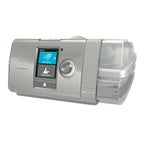
AirCurve™ 10 VAuto BiLevel Machine with HumidAir™ Heated Humidifier
